Want to get into backpacking? We understand why. The call of the wild, sleeping under a canopy of stars, communing with nature, testing your survival skills, it’s a balm to the soul. But a lot of folks aren’t sure where to start when it comes to preparing for their first backpacking trip. Well, fortunately for you, we’ve put together this handy list of 10 backpacking essentials to help you on your way in our first of a series of Backpacking 101 posts. So gear up and wander on!
10 Backpacking Essentials
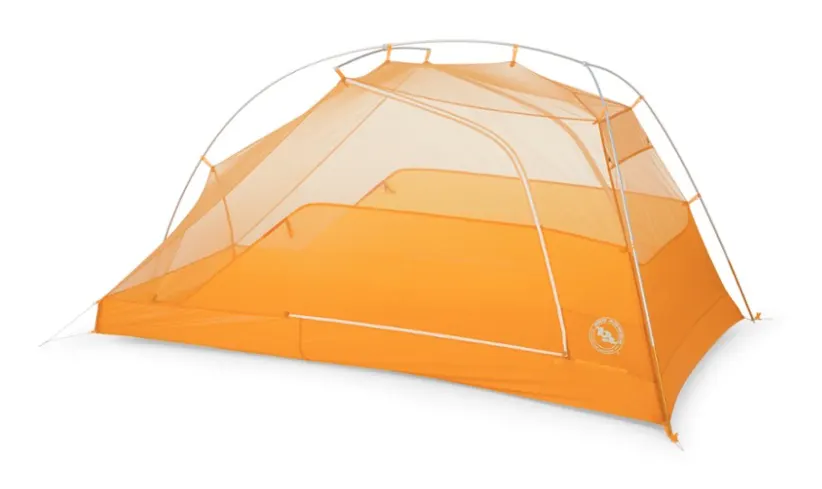
1. Shelter
First on our list of backpacking essentials: A shelter. For most people, shelter refers to a tent. But that’s certainly not your only option. Other possibilities include camping hammocks (we like the Kammok Mantis), ultralight shelters like groundcloths and tarps you erect with your trekking poles, or even bivvies and epic hammock tents like those from Tentsile. You’ll likely discover which suits you best over time, but in the beginning, don’t overthink it; get yourself a decent tent (we love our ultralight Big Agnes Tiger Wall) and get ready to camp!
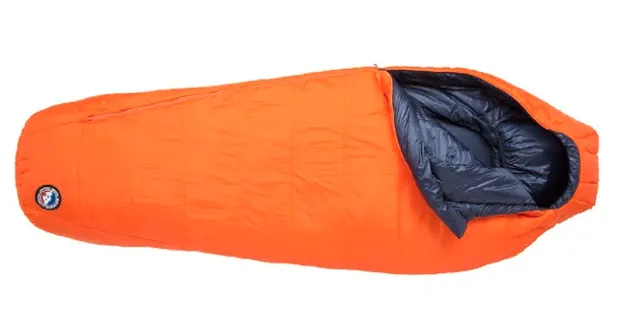
2. Sleep System
This is a outdoorsy way of saying a sleeping bag and sleeping pad. You will probably want both. Unless you like sleeping on rocks and sticks and such or it’s 120º out and you don’t want a stitch of fabric touching your skin. Even hammock campers (especially those camping in colder climates) often use a sleeping pad. They come in several varieties, from simple closed-cell foam pads that can take a beating and keep you warm with minimal weight to more comfortable inflatable pads to insulated inflatable pads that are the best of both worlds (but are often either more expensive or heavier). Pick whichever one is right for you.
Then find yourself a sleeping bag. But maybe not the first one you see that you simply like the color of. The first thing to decide is what kind of insulation you want it to have. We always recommend synthetic sleeping bags (read why in this post). Next, select a bag that will work in the temperature ranges you expect to be camping. Not sure what that means? We wrote a whole post and shot a video explaining sleeping bag temperature ratings, which you should totally check out. But suffice it to say: get one that’s rated for lower temps than you think you might need for the most comfortable night’s sleep. Don’t forget a pillow!
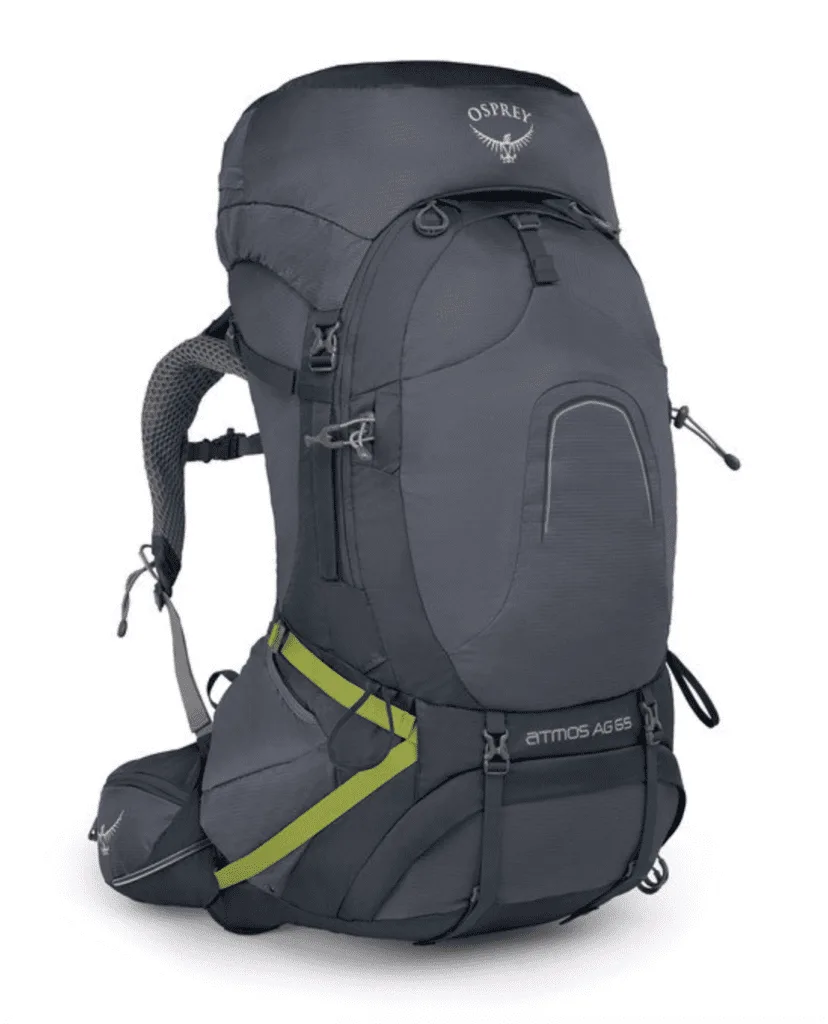
3. Backpack
This one should be a no-brainer, right? It’s right there in the title: Backpacking Essentials. I mean, you can’t go backpacking without a backpack! Packs designed specifically for backpacking come in all shapes and sizes (and colors), but they also tend to come in specific sizes and it’s important to find one that fits correctly or it could be super uncomfortable when it’s all loaded with stuff. If you haven’t tried on a lot of different brand packs before (say, that your friends or family own), head to an outdoor store if there’s one near you to find one that fits well and works for you. Employees can usually help you find one that fits both your frame and the types of trips you have in mind. But for those getting started, a bag around 50L will generally suffice.
As for the weight of a pack, don’t worry about it too much in the beginning. Ultralight backpacking takes time to master, the equipment is more expensive (and fragile), it’s generally less comfortable, and isn’t well-suited to beginners in our opinion. Certainly don’t opt for an ultralight pack if all of your other gear isn’t also ultralight. What do we recommend? We’ve always loved Osprey packs for comfort and quality. You can check out our comparison of the Osprey Atmos vs Rook in this post, or go straight to Osprey’s website!
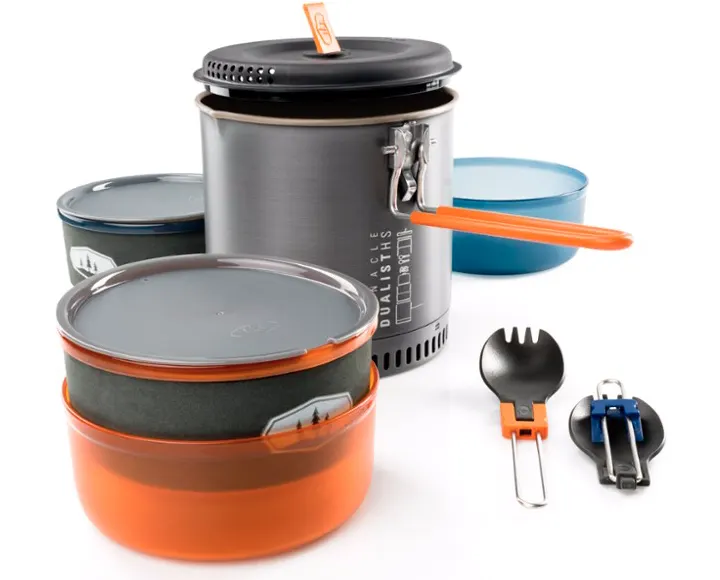
4. Cooking Method and Kitchenware
When you’re on the trail you’ve gotta eat. More than you usually do, in fact. And most of us like to cook our food instead of eating sandwiches and heavy, pre-cooked cold noodle salad or whatever. Naturally, if you don’t want to cook, you certainly don’t have to, and many experienced hikers opt for meals that can be prepared and eaten cold, but a hot bowl of soup or a cup of hot coffee in the morning are comforting things (and can help keep you warm on chilly nights). Choose a stove that’s compact. We like the MSR Pocket Rocket, but the GSI Glacier is a quality tool, too. And don’t forget the fuel! Most backpacking stoves run on isopropyl (IsoPro) canisters (a small will generally last two people at least a weekend). But you can only buy those in stores.
After you cook, you’ll probably need something to eat with. At home that’s a plate and silverware, maybe a nice glass full of water or wine. In the backcountry, Less is more. If you like a full set, consider the Pinnacle Dualist from GSI (pictured above). Personally, we take no more than a bowl, a spork, and a mug, plus a lightweight backpacking kettle and maybe an ultralight pot if we want to cook something over the stove instead of utilizing freezer bag cooking (which you can read all about here). Keep your kitchen kit simple (and rinse with clean water after use).
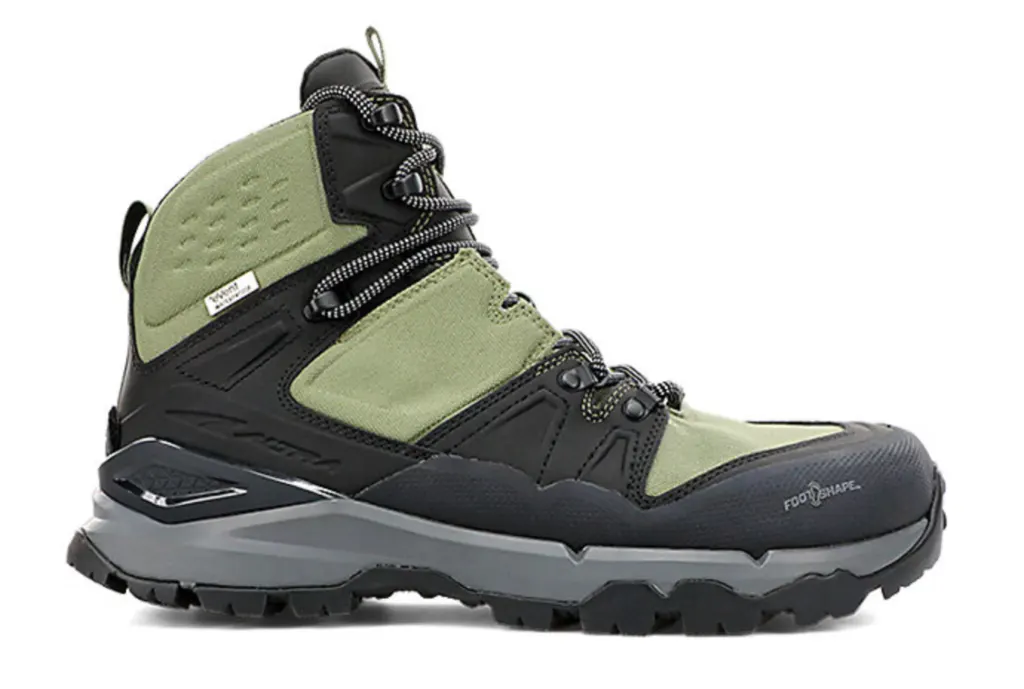
6. Shoes or Boots
A key backpacking essential: hiking shoes or boots. We’ve even compiled an extensive list of vegan hiking boots in this post! What kind you get will depend largely on preference (for example, if you like zero-drop shoes with a roomy toe box, a pair of Altras might be right for you), but get yourself a pair that are comfortable and have aggressive tread. And while most low-rise boots and shoes not made of leather don’t generally need much breaking in, it’s not a bad idea to wear them around a bit before a big trip to make sure they’re comfortable and don’t cause any blisters or hot spots.
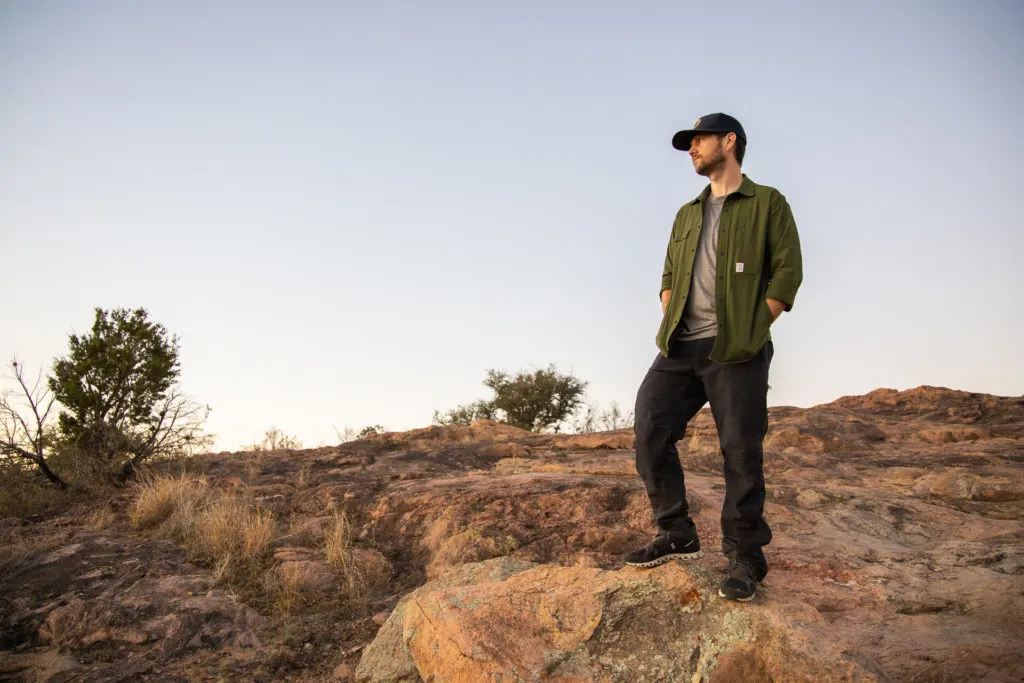
7. Clothing
It’s not about style; you actually do need the right kind of clothing for backcountry excursions. Namely, synthetic clothing. Natural fibers like cotton and hemp are no good for adventurous outdoor pursuits (it doesn’t dry when wet and can cause problems from blisters to hypothermia). That’s why synthetics are the way to go: they can keep you cooler in the summer, warmer in the winter, dry fast and will stretch and move with you. We’re big fans of the Flextime Skinny Pant (women) and the Rover Lean Pant (men) from Toad&Co and the Patagonia Capiliene Cool Hoodie for men and women.
And while there are scores of brands making fantastic (and sustainable) outdoor apparel, you really don’t have to drop hundreds of dollars on new clothing just for backpacking; you may have many of the things you need in your closet already. Things like polyester or nylon athletic shorts, synthetic tops, fleece outerwear, yoga leggings, even synthetic socks (definitely don’t wear cotton socks backpacking). So when you’re first getting into backpacking, only buy the items you don’t already have.
And remember: layering is the key to comfort in the backcountry! It’s also important to check the weather forecast before you go and be prepared for any eventuality. That means rain jackets, warm base layers, extra socks, hats, you name it.
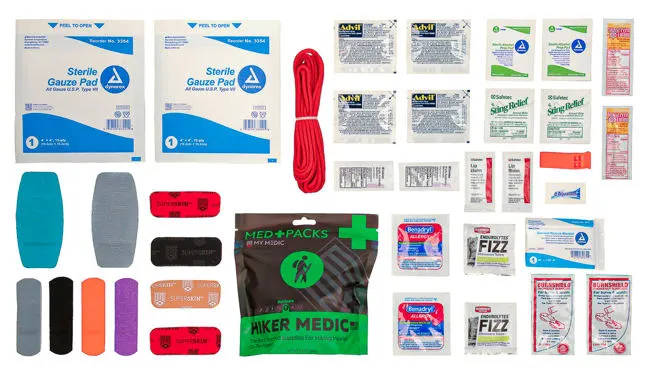
8. First Aid Kit
Whether it’s for a day hike or a weeklong backpacking excursion, one of the exceedingly important things you need to start backpacking (maybe it should be first on the list?) is a first aid kit. We did a post about what should be in that first aid kit here, but any kit you’ll find at an outdoor retailer should fit the bill. We love the Hiker Kit from My Medic, but the kits available from Adventure Medical Kits are good, too, and come in multiple sizes. Don’t leave home without one and make sure you know not only what’s in it, but how to use it, too.
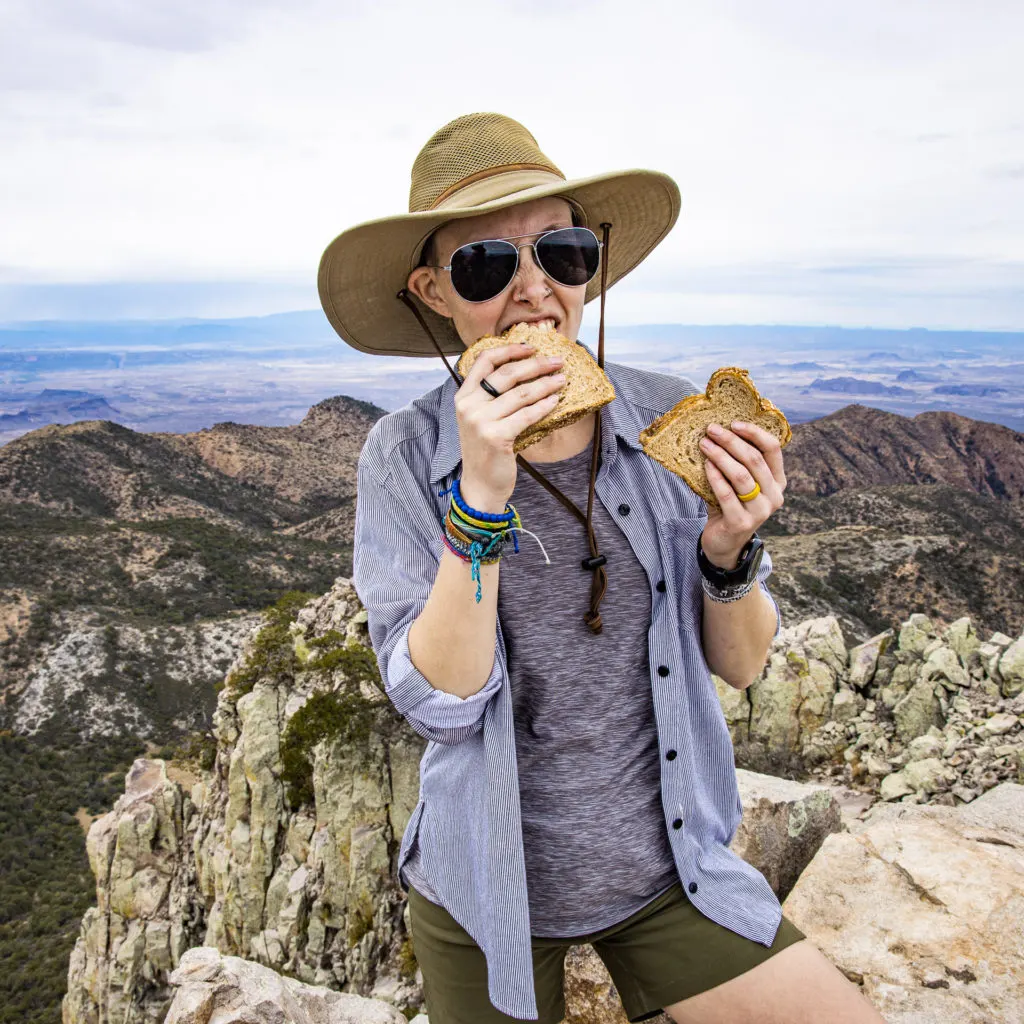
9. Food and Water
Obvs. Am I right? Food and water are the most essential of backpacking essentials. But maybe you’re not sure how much to bring. We created a calorie calculator to figure out how many calories you should consume on any given trip, but the general rule of thumb is that you’re going to need more food and water than you usually consume at home. You’re going to be working hard out there! Pick lightweight foods like freeze-dried meals and ingredients (we wrote a backcountry e-cookbook to give you some ideas) to keep from bogging down your load. We like ramen and instant rice for dinner bases with freeze-dried veggies and TVP (Textured Vegetable Protein). But don’t forget lunch, breakfast, and plenty of snacks like salty trail mix and protein bars (we did a taste-test of a ton of different vegan bars in this video).
As for water, take note before you leave if the trail you’ll be on will have water, either from a spigot or a stream. Remember that many streams are unreliable, especially in drought-prone areas, so it’s best to consult a ranger before you bank on being able to refill your water bottle from a natural source that you spotted on a map. They’ll probably be able to tell you whether a stream or creek is running while you’re there. If there are no streams or spigots along the trail, pack in all the water you need (here’s a handy hydration calculator to help you figure that out) and don’t forget about cooking and hot beverages! If you will be refilling your water reserves from a lake, stream or spring, make sure to have one or two water purification methods with you. (We broke them all down in this post.) Just because water looks clear doesn’t mean it’s free from bacteria and viruses that can cause giardia or dysentery.
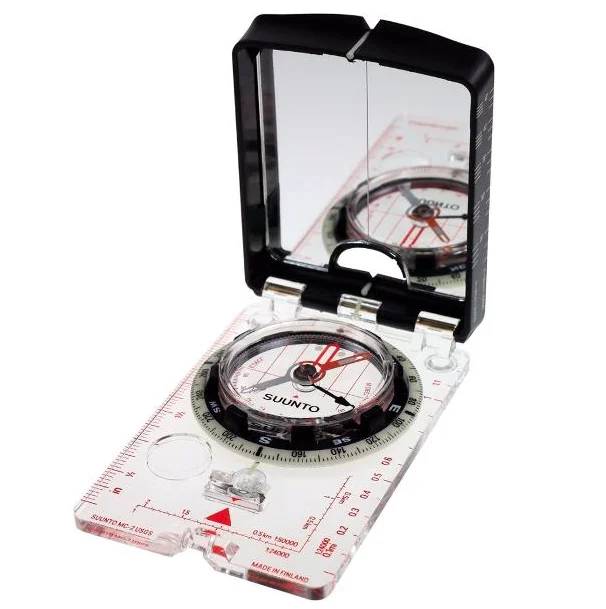
10. Navigational and Survival Tools
Never head into the backcountry without some sort of navigational tool. You may be tempted to just use your phone (there are so many excellent hiking apps out there these days), but you should also have a paper map and compass (and know how to use them) because batteries die and phones overheat or get too cold.
You should also have survival tools like a knife or multitool, headlamp, fire starters and matches, a shovel (for digging cat holes), paracord (for hanging bear bags), sunscreen, etc. All absolutely backpacking essentials. And don’t forget toilet paper. Chances are, you’re not going to find much of that out there. Just make sure to use Leave No Trace principles when you use it.
Now Get Out There
Now that you’ve gathered your backpacking essentials, pack it all up and get out there. We’ll show you how to properly pack it all in your backpack in an upcoming post! Until then, wander on!
•
Further Reading: A Beginner’s Guide to Camping: 10 Things You Need to Start Camping
This post contains affiliate links, which means when you make a purchase, you support terradrift, ’cause we get a little old percentage.
